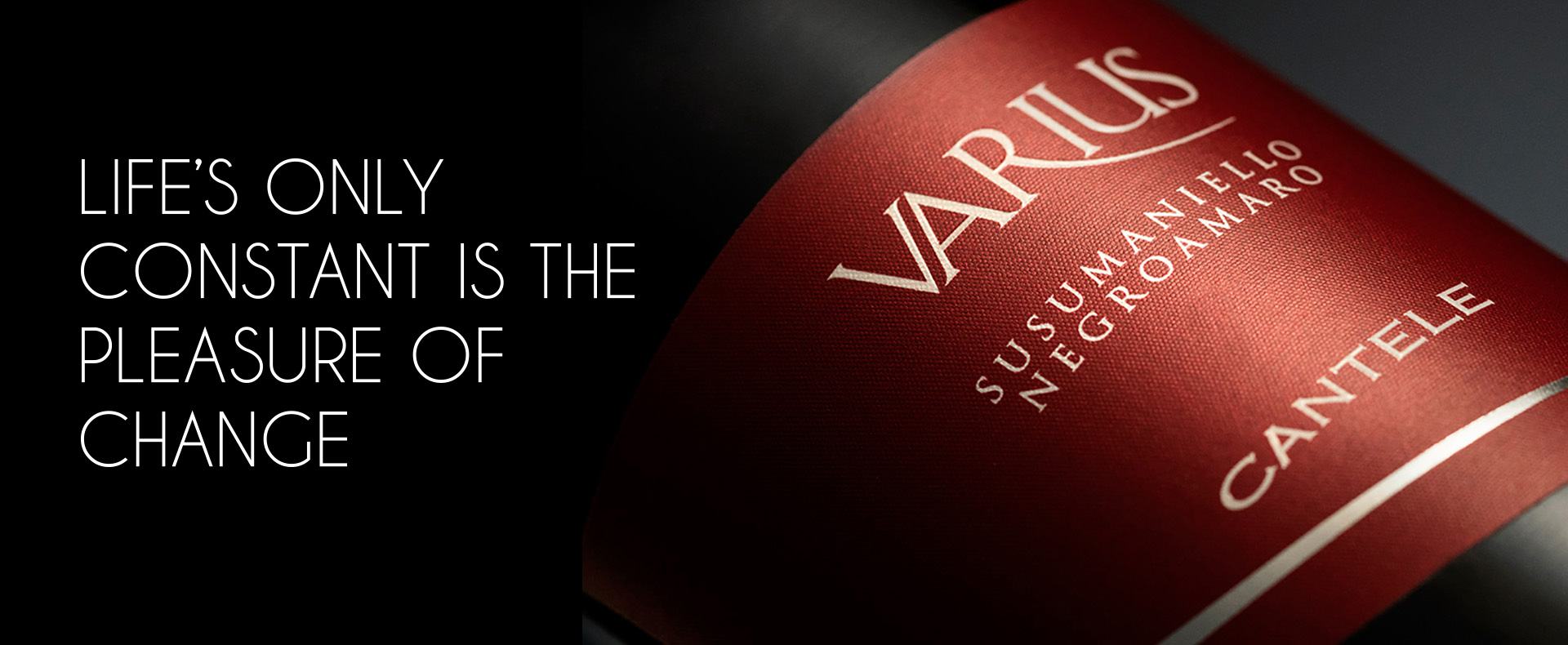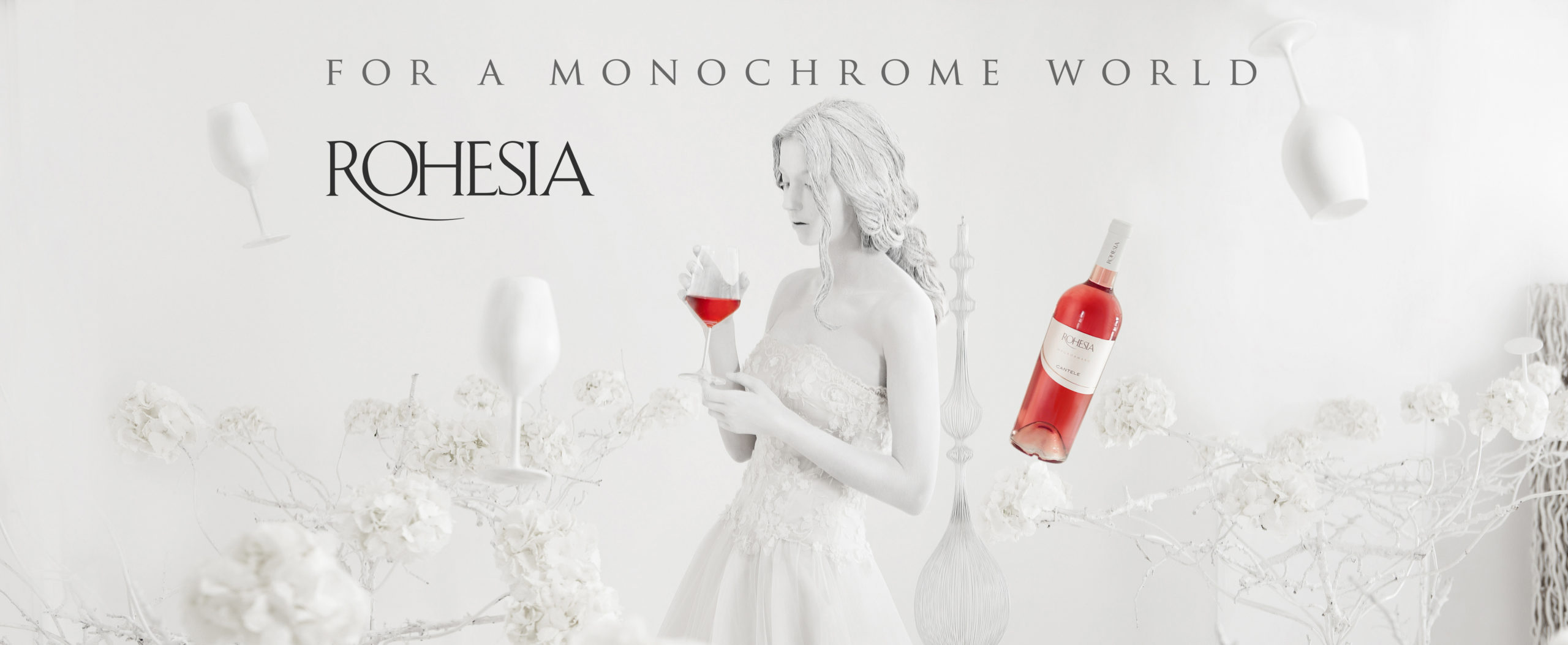After a two-year hiatus, we are celebrating the return of Varius, a wine that represents an on-going “experiment” in the Cantele portfolio. As its name reveals, it is a “variation” of traditional Pugliese blends. We had taken a break from this label because it was time. Starting in 1999, the blend has included Negroamaro, Cabernet Sauvignon, and Montepulciano. In one of the last blends, Merlot took the place of Montepulciano. And the final “variation” was a wine made solely from Merlot grapes.
In this new version from the 2016 vintage, Varius is a blend of Negroamaro, the king of Pugliese grapes, and Susumaniello, a variety that originated in the Balkans. Its name comes from the fact that it was once considered a workhorse grape, a somarello or donkey in Italian, thanks to the density of the grape bunches as they ripen. Today, of course, growers keep the yields low but the name has stuck. It’s been a few years that we have been thinking about working with this historic Salento grape variety from, which has been only recently revived by winemakers here. It has a very small berry, with a high concentration of polyphenols and anthocyanins. Rich in color and low in acidity, it’s the ideal partner for Negroamaro (with its lighter color and higher level of acidity). The result is a fresh and youthful wine, aged in stainless steel, with good structure and approachability.
Continue reading Varius, a new blend: Susumaniello and Negroamaro


